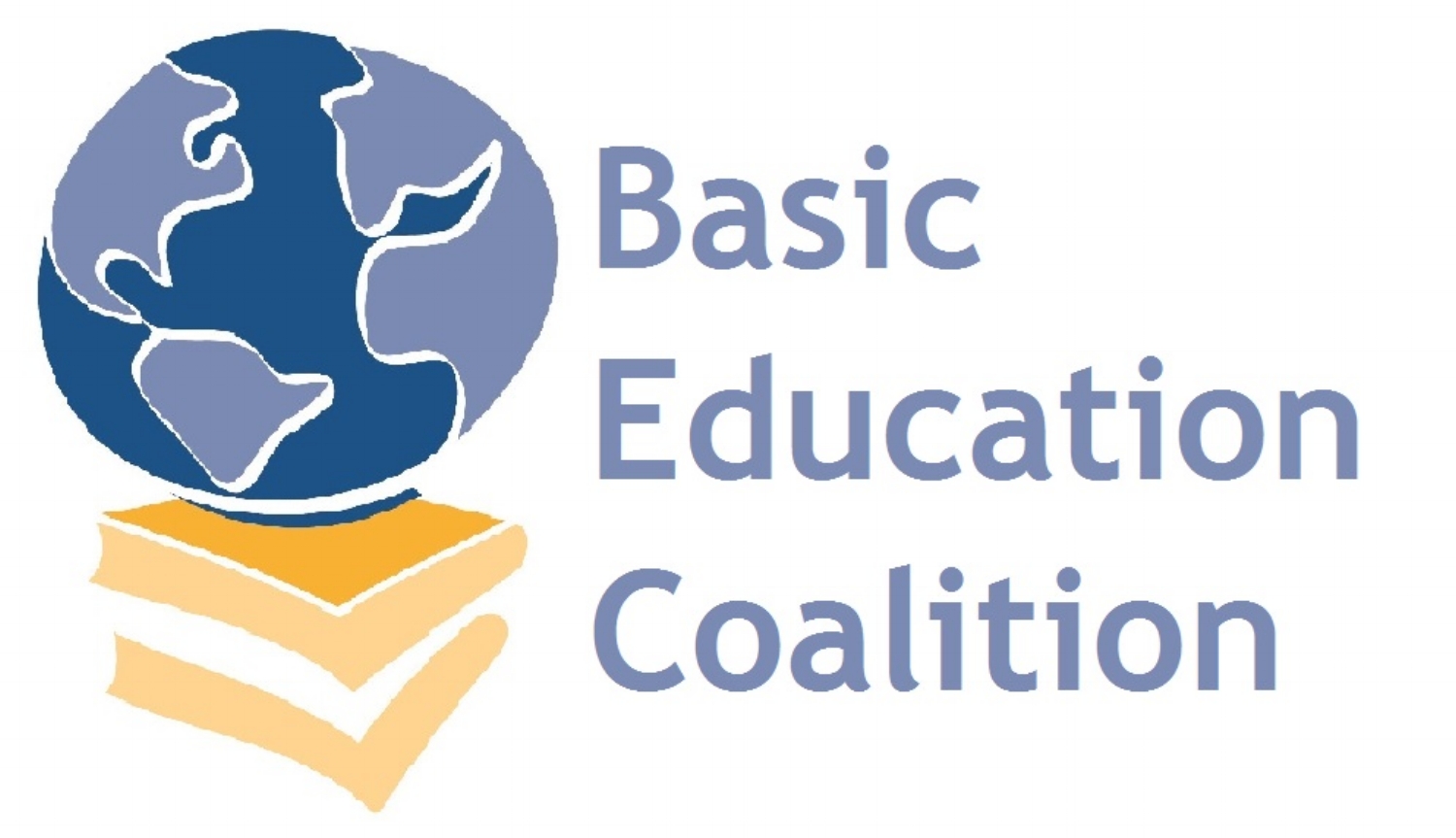Policy 101
In FY17, Basic Education received $800 million in U.S. funding. To meet the needs of a growing global youth population and maintain a position of strong international leadership and influence in FY18, the Coalition recommends increasing funding to $925 million. Read Jerrold Keilson's Congressional Testimony in defense of basic education. Download BEC's FY18 Basic Education Federal Funding Request.
FY 2018 BASIC EDUCATION FEDERAL FUNDING REQUEST
Recommendation: We urge the Administration to recommend a basic education funding level of
$925 million in fiscal year 2018, with at least $800 million provided for bilateral assistance programs.
The Challenge: International basic education does more than provide children with literacy, numeracy and critical thinking skills – it is a cost effective powerful determinant of sustainable economic growth that provides the foundation for democracy, political stability and supports positive health and nutrition outcomes. Greater educational attainment reduces developing countries’ reliance on foreign aid and grows emerging markets for American trade. For every dollar spent on preschool programs there is a $4 to $9 return to individuals and society, a return on investment that could drastically improve the trajectories of countries working towards economic independence.
The world has achieved remarkable progress toward the universal goals of Education for All. Today, more children around the world are enrolled in primary school than at any time in history. Global literacy has risen from 76% in 1990 to nearly 84% in 2010 and the number of children out of school worldwide has dropped by 47 million since 1999.
However, approximately 124 million children and youth remain out of school. Young girls are often the worst affected; in 2016, 62 million girls between the ages of 6 and 15 were not in school. Over 75 million of the out-of-school children live in areas impacted by crisis and conflict. To address these global challenges, USAID is working with trusted partners to mobilize U.S. resources and expertise behind common goals.
But the United States is not addressing these problems alone, and investments in basic education strengthen the cooperative response of the international community to the education crisis. By working with other donors, multilateral organizations, and civil society, the U.S. is able to foster coordination and build on the commitment of developing countries.
Fostering Economic Growth- Educating the world’s poor is essential to building the stable trading partners that growing U.S. export markets require. It is estimated that if all students in low-income countries left school with basic reading skills, 171 million people could be lifted out of poverty. Goals 1 and 2 of the USAID education strategy focus on programs to improve reading skills for 100 million learners and support for tertiary and workforce development programs. Through these programs USAID is working to ensure that students develop the skills necessary to contribute to the global workforce.
Addressing Global Security- Under Goal 3 of the education strategy, USAID is working to ensure that 15 million children in conflict and crisis situations have access to a quality education. Programs support a range of activities, including the establishment of safe learning opportunities for children, collaboration with communities to restore access to schools, reintegration of child soldiers and refugees, and life skills training to youth.
This goal is especially critical in addressing the record breaking number of forced displacement numbers, which have reached 65.3 million, a level not seen since the post-World War II era. Unfortunately, children below 18 years of age make up 51% of the refugee population.
Promoting Girls’ Education: There has been a huge increase in threats and attacks on girls for simply for going to school. High profile cases such as the kidnapping of close to 300 schoolgirls in Nigeria by Boko Haram and the assassination attempt of Pakistani schoolgirl Malala Yousafzai by the Taliban provide shocking examples of these increased attacks. By ensuring women and girls are safe and have access to a quality education, we can create more stable communities and help to end the cycle of poverty and violence.
Banner Photo: “Sitan Lectura Chimaltenango”: Antonio Arreaga/USAID Reforma Educativa en el Aula. Juarez & Associates.
Thumbnail image for "Supporting Basic Ed" on Policy Priorities page: Antonio Arreaga/USAID Programa Estándares e Investigación Educativa. Juarez & Associates.

